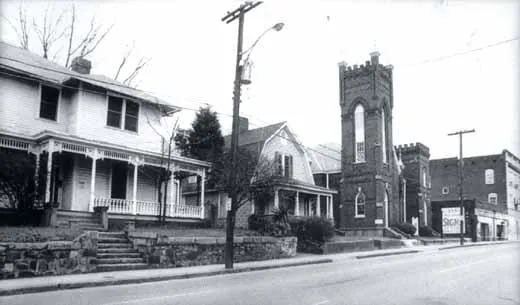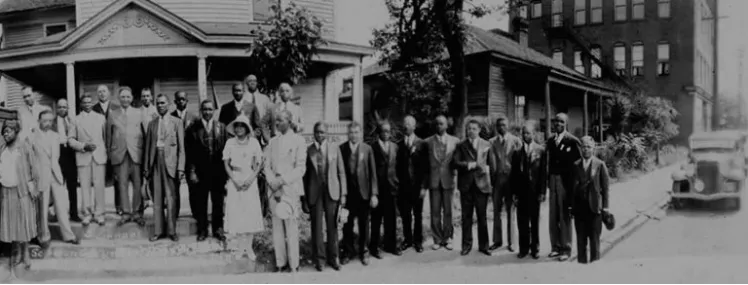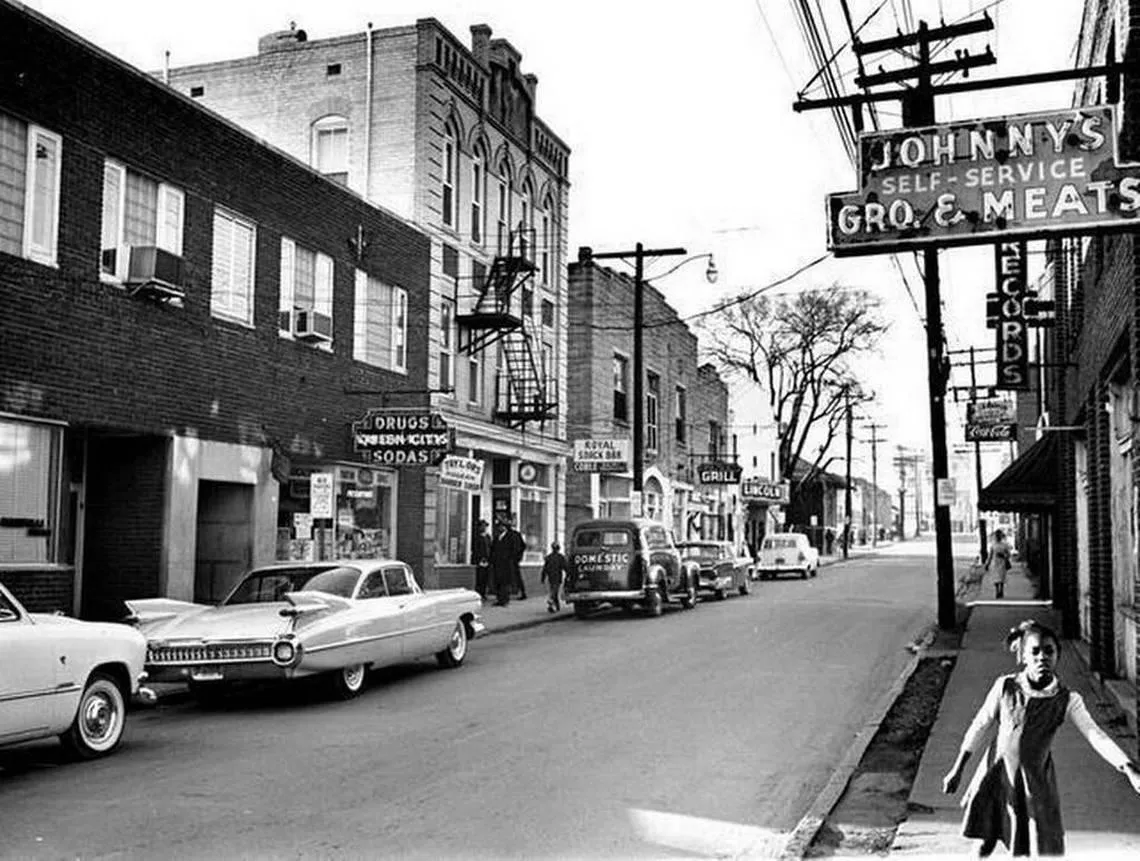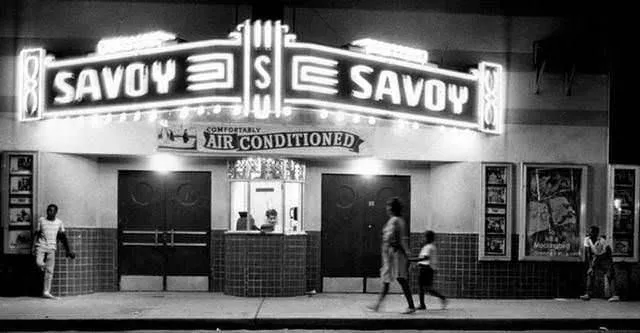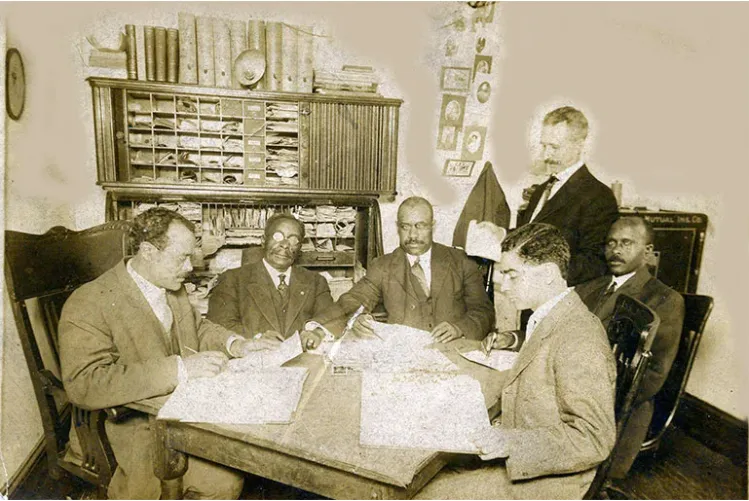
For nearly 80 years, the land now occupied by the Government Center in Uptown Charlotte was a thriving predominantly black community. In the late 1860s, recently-emancipated slaves gathered in the neighborhood, known colloquially as “Logtown” before it was a considered a neighborhood, and over the years the community would become a self-sustaining “city within a city” for Charlotte’s black residents with churches, schools, and businesses independent of those outside the neighborhood, where Charlotte’s black residents were not welcome at white institutions.
Residents came to know the neighborhood as “Brooklyn'', an homage to the New York City borough. The community grew as Charlotte’s black families were pushed from other communities during segregation, and the black community was forced to build its own institutions. Some of these included the Myers Street School, opened in 1886, which was Charlotte’s first black public school, as well as the city of Charlotte’s first black YMCA. The library that sat on Brevard Street was the first free library in the state of North Carolina for black residents.
In the late 1950s, the Charlotte-Mecklenburg Planning Commission, along with a Federal program that would ultimately grant the city $1.4M for “Urban Renewal” to repurpose the neighborhood for office and industrial buildings, as well as a government center. The program of displacing families and businesses began in the 1960s and continued for a decade, and once it was complete, more than 1,000 homes and 216 businesses were demolished.

The founders of the Historic Grace Church and Mecklenburg Investment Company were some of Charlotte’s most prestigious and
accomplished black businessmen. These men were all crucial to the creation and self-sufficiency of the Brooklyn neighborhood and their legacy lives on in the structures still standing today.
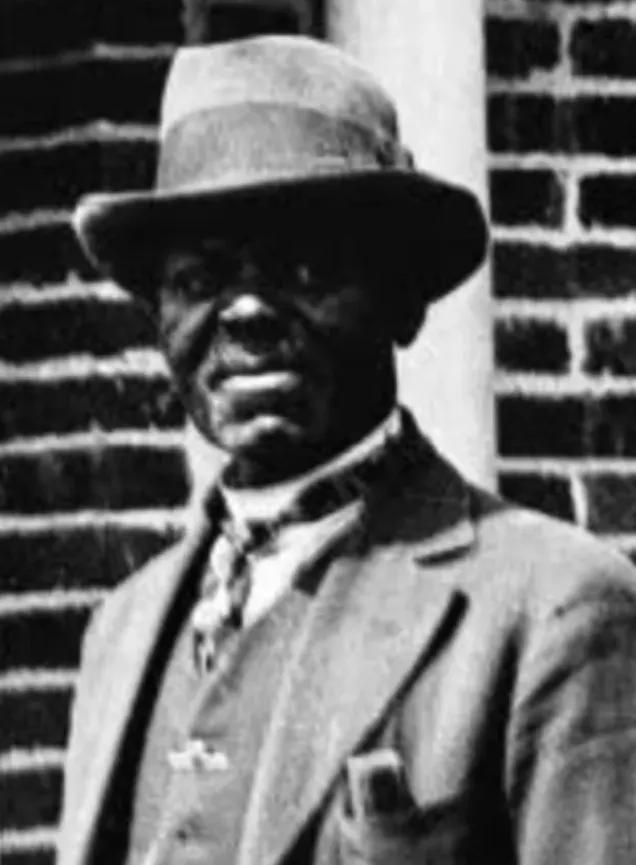
Architect & Entreprenuer
William W. Smith
William W Smith was a successful brickmason and contractor who constructed the Mecklenburg Investment Company and is often regarded as Charlotte’s first black architect. Smith constructed a number of other buildings in the Brooklyn neighborhood and Charlotte region, including the Grace A. M. E. Zion Church and a number of buildings at nearby Livingstone College.
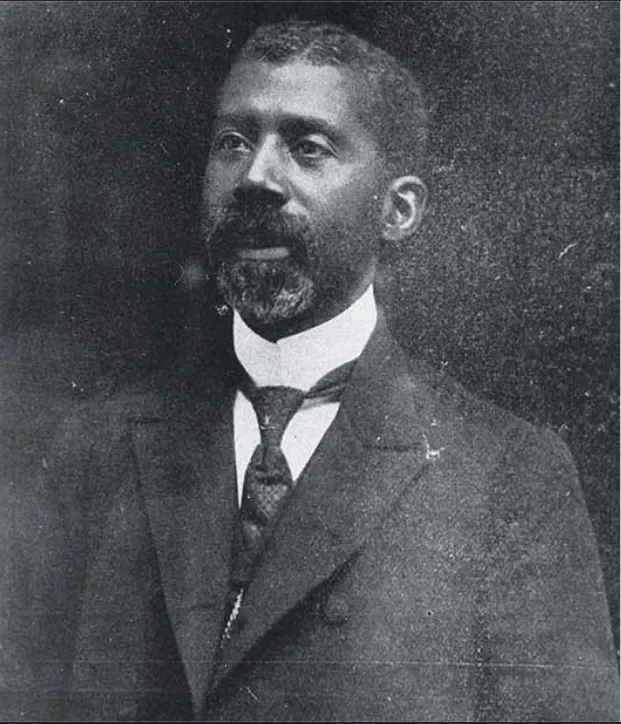
DOCTOR & BUSINESSMAN
J.T. Williams
JT Williams was an original investor in the MICo and member of the board of directors. Williams was one of the first African American doctors licensed in North Carolina, as well as a businessman, teacher, and diplomat representing the United States in Sierra Leone.
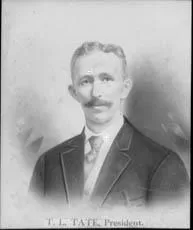
BUSINESSMAN
Thaddeus Tate
Thaddeus Tate was a business leader who was instrumental in the formation of many important African American organizations in Charlotte and North Carolina in the early 20th century. He co-founded the Grace AME Zion Church, and the Afro-American Mutual Insurance Company - the state of North Carolina’s first insurance company catering to its Black residents.
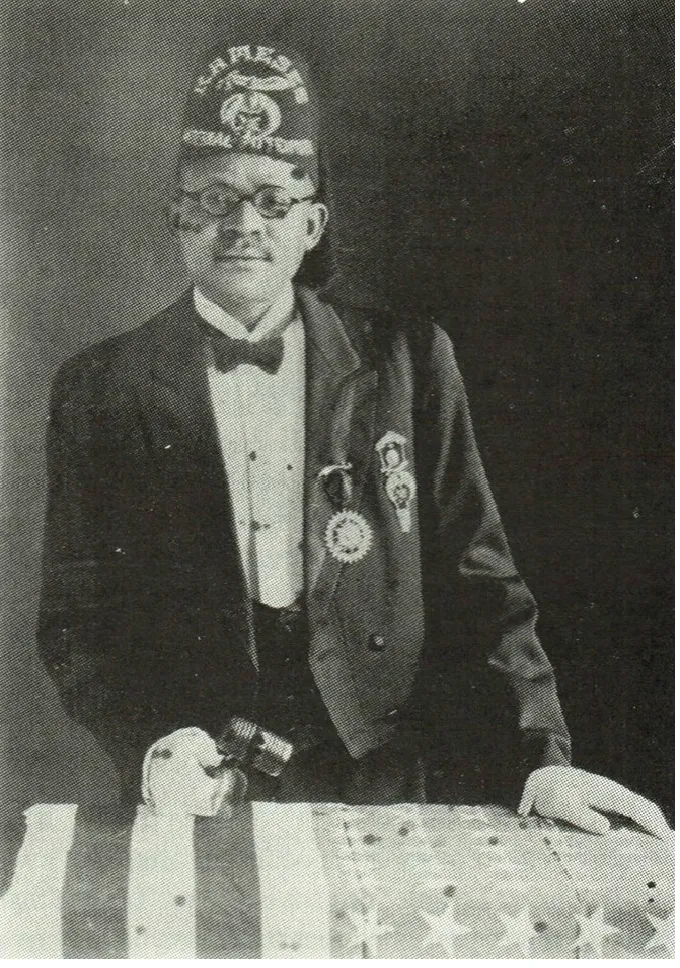
Businessman
Caeser Blake
Caeser Blake, president of the Mecklenburg Investment Company at its founding, was very active in the black fraternal societies of Charlotte. In addition to his leadership at the MiCo, Blake served as the Imperial Potentate of the Prince Hall Shriners beginning in 1919.

Interested in learning more? We've compiled a list of additional resources.

229 S Brevard Street, Charlotte, NC 28202
General Inquires: (704) 368-4009

